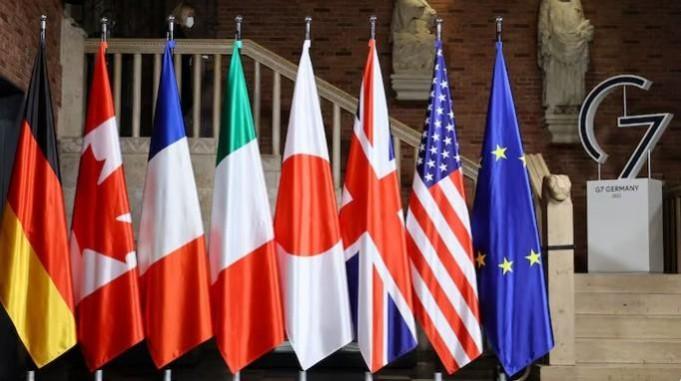
Fifty years ago, in the gilded halls of Rambouillet, six leaders united by crisis, divided by ambition set out to steady a world rocked by oil shocks and currency chaos. Thus began the G7: an elite conclave, as much a product of necessity as of vision. Now, in 2025, the G7 gathers at Kananaskis, not as masters of the universe, but as custodians of a legacy under siege. The central question is no longer whether the G7 can lead, but whether it can even endure in an age defined by internal discord, external challenge, and a world splintering into multipolarity. Slowing growth, transactional alliances, environmental reckoning, technological upheaval, proliferating conflicts, energy insecurity, fragile supply chains, and the assertiveness of new powers these are the crucibles in which the G7's relevance will be tested.
Historical Trajectory: From Command Center to Crisis Committee
The G7's history reads as a chronicle of both triumph and limitation. The 1985 Plaza Accord: a masterstroke of currency diplomacy. The 1999 Cologne Debt Initiative: a rare moment of moral clarity. The 2008 financial crisis: a testament to the group's ability to mobilize, if only when the abyss loomed large. Yet, the G7's genius has always been improvisational, not institutional. Bereft of charters or binding statutes, it has thrived on consensus an asset in times of unity, a fatal flaw in times of fracture. As historian Harold James notes, "The G7 was never designed to be permanent; its survival is its own anomaly."
The Velvet Rope and the Empty Ballroom
The G7 once styled itself as the board of directors for the global economy. But the world has changed and so have the guest lists. The G20, with its cacophony of voices, now sets the macroeconomic rhythm. BRICS, once a curiosity, now courts the Global South with promises of partnership and parity. The G7's exclusivity, once a symbol of authority, now risks irrelevance. As former UK Prime Minister Gordon Brown recently observed, "The G7 risks becoming a velvet rope across an empty ballroom guarding privilege, not power."
The Arithmetic of Decline
- Economic Gravity: In 1990, the G7 commanded 66% of global GDP; by 2025, just 43%. China, once an afterthought, now rivals the U.S. at 19% of global output.
- Demographic Drift: The G7's 770 million citizens represent less than 10% of humanity, and their median age climbs inexorably upward.
- Trade and Technology: G7-China trade reached $1.5 trillion in 2023, but digital sovereignty disputes and regulatory fragmentation threaten to balkanize innovation.
- Environmental and Energy Stress: G7 nations emit a quarter of global CO₂, yet remain energy importers 2024's winter crisis exposed their strategic vulnerabilities.
- Supply Chain Fragility: The G7's share of global manufacturing has slipped beneath 30%, with rare earths and semiconductors sourced from beyond its borders.
The Consensus Mirage
The G7's model, informal, consensus-driven, and anchored in shared values is now a study in paradox. The ideological clarity of the Cold War has given way to a world of transactional alliances, where commerce, code, and carbon trump old loyalties. Environmental imperatives demand unity, yet national interests fracture resolve. Technological disruption AI, quantum, digital currencies outpaces the group's regulatory imagination. Internal rifts abound: U.S.-EU trade disputes, divergent China strategies, and energy transition timelines. As French President Emmanuel Macron warned at last year's summit, "We cannot afford to be a club of nostalgia. We must be a laboratory of solutions." But laboratories require experimentation and courage.
The Crucible of Kananaskis
The 2025 Kananaskis summit is not a commemoration, but a crucible. The G7 faces a binary choice: to reinvent itself as a nimble, experimental engine of global problem-solving or to ossify into a relic, curating its own obsolescence. Canadian Prime Minister Mark Carney, the summit's host, has called for "purpose and force" in meeting the moment. Yet, as Angela Merkel cautioned, "The world will not wait for the G7 to find its voice."
[Major General Dr Dilawar Singh is an Indian Army veteran who has led the Indian Army's Financial Management, training and research divisions introducing numerous initiatives therein. He is the Senior Vice President of the Global Economist Forum AO ECOSOC, United Nations and The Co President of the Global Development Bank.]

















